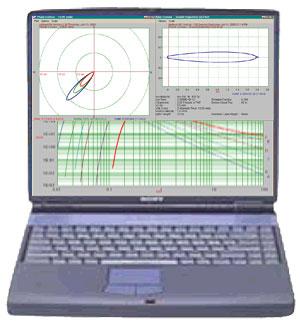NARAC is responsible for maintaining and developing two PC software packages that meet the Department of Energy’s (DOE) Safety Software Quality Assurance (SSQA) criteria (see SSQA website) and are included in the DOE Central Registry as toolbox codes. Both codes are widely used at DOE/NNSA sites for Safety Analysis and Environmental Planning Hazard Assessments, as well as initial consequence assessment predictions during emergencies before advance modeling becomes available.
- HotSpot is a fast-running, local-scale, steady-state Gaussian plume model for radiological releases developed at LLNL that provides predictions of time-integrated effects (such as dosage from the entire plume passage). HotSpot was created to provide emergency response personnel and emergency planners with a fast, field-portable set of software tools for evaluating incidents involving radioactive material. The conservative assumptions used in the model also make it suitable for safety and hazard analyses.
- The Emergency Prediction Information code (EPIcode) provides emergency planners and response personnel with rapid modeling to estimate downwind concentrations of chemicals (gas, vapor, or aerosol) released during industrial and transportation accidents. Source term algorithms determine the rate at which material is released into the atmosphere, as well as the height, the duration, and the form and properties of the chemical upon release. In 2012, LLNL/NARAC acquired the EPIcode software for use in DOE applications.
EPIcode is available here to members of the DOE Emergency Management Issues Special Interest Group (EMI SIG). DOE personnel not having access to the EPIcode SharePoint site can request access here.





